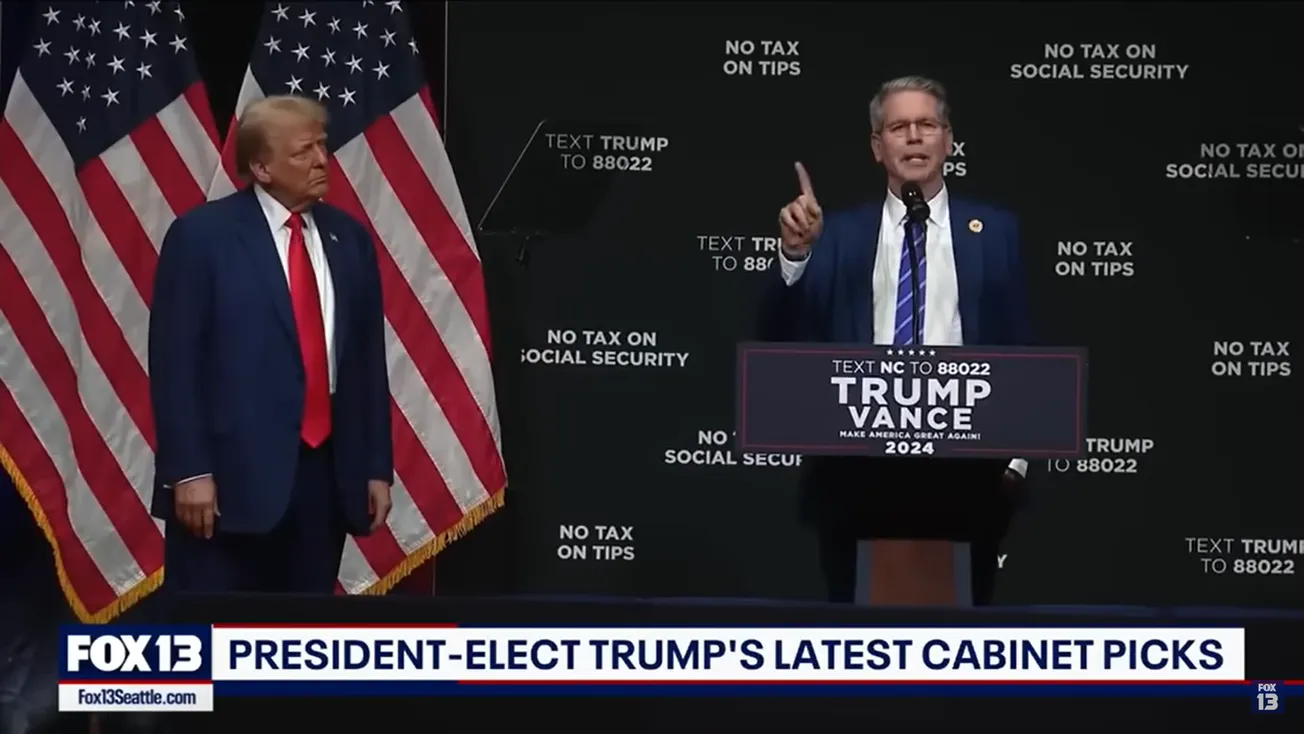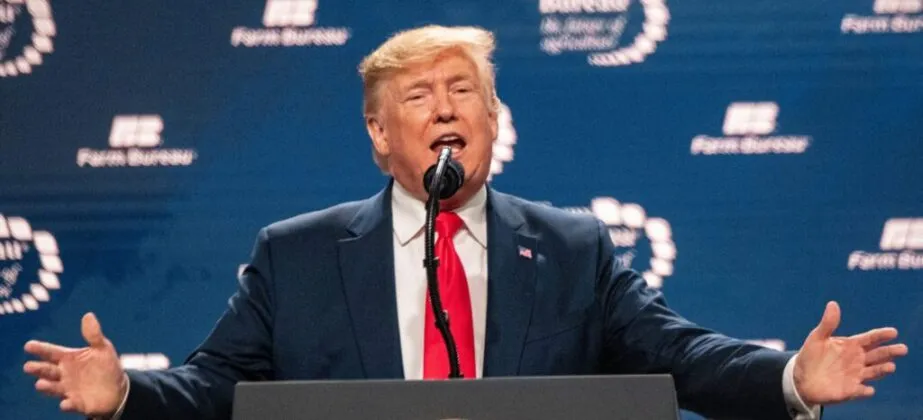Three more mid-sized U.S. banks are veering towards possible bankruptcy; the $41 billion-in-assets Los Angeles-based Pacific West Bank; the $68 billion-in-assets Phoenix-based Western Alliance, and the $89.6 billion-in-assets Salt Lake City-based Zions Bank.
Were they to fail, it would increase the total of assets of U.S. bank failures since March 10 to nearly three-quarters of a trillion dollars, far larger than any other bank failures. Previously, the failure of the $213 billion-in-assets First Republic Bank; the $212 billion-in-assets Silicon Valley Bank; the $110 billion-in-assets Signature Bank—the second, third, and fourth largest bank failures in U.S. history—topped off with the $11 billion-in-assets Silvergate Bank—had brought the total of assets of failed U.S. banks already this year, within only two months, to $546 billion.
While there are more than a few potential failures lying in wait, the difficulties of Pacific West exemplify the problem. Between 2019 and 2022, Pacific West grew its assets by 58% from its $26 billion level in 2019. It did this in the near-zero-percent interest rate environment created by the City of London and Wall Street. It sought to attract the funds of wealthy clients and engaged in “cash management” with venture capital and private equity firms, according to its literature. It attempted to get as big as possible quickly, using cheap money extended through quantitative easing. The rising of interest rates upset the apple cart for Pacific West and the “mid-sized banks,” addicted to the 0% fantasy.
The May 4 USA Today reported that Pacific West had lost 20% of the deposits that it had at the end of 2022. Its stock has fallen by more than 60% this year. Were the federal government not to provide generous financial guarantees, it is unlikely that any bank would dare to take over Pacific West.
On April 30, four financial economists at the Stanford Graduate School of Business released a report that shows that 2,315 out of 4,800 American banks were currently sitting on assets worth less than their liabilities, that is, they were potentially insolvent. (https://papers.ssrn.com/sol3/papers.cfm?abstract_id=4413799)
The truth of the systemic disintegration of the U.S. and world banking system is largely suppressed. Treasury Secretary Janet Yellen and Federal Reserve Board Chairman Jerome Powell prattle on about what a good job they are doing, and the mainstream media report on individual bank crises, but not on the broader collapse process—this, as the U.S. careens towards bank failures with a total of three-quarters of a trillion dollars in assets.






